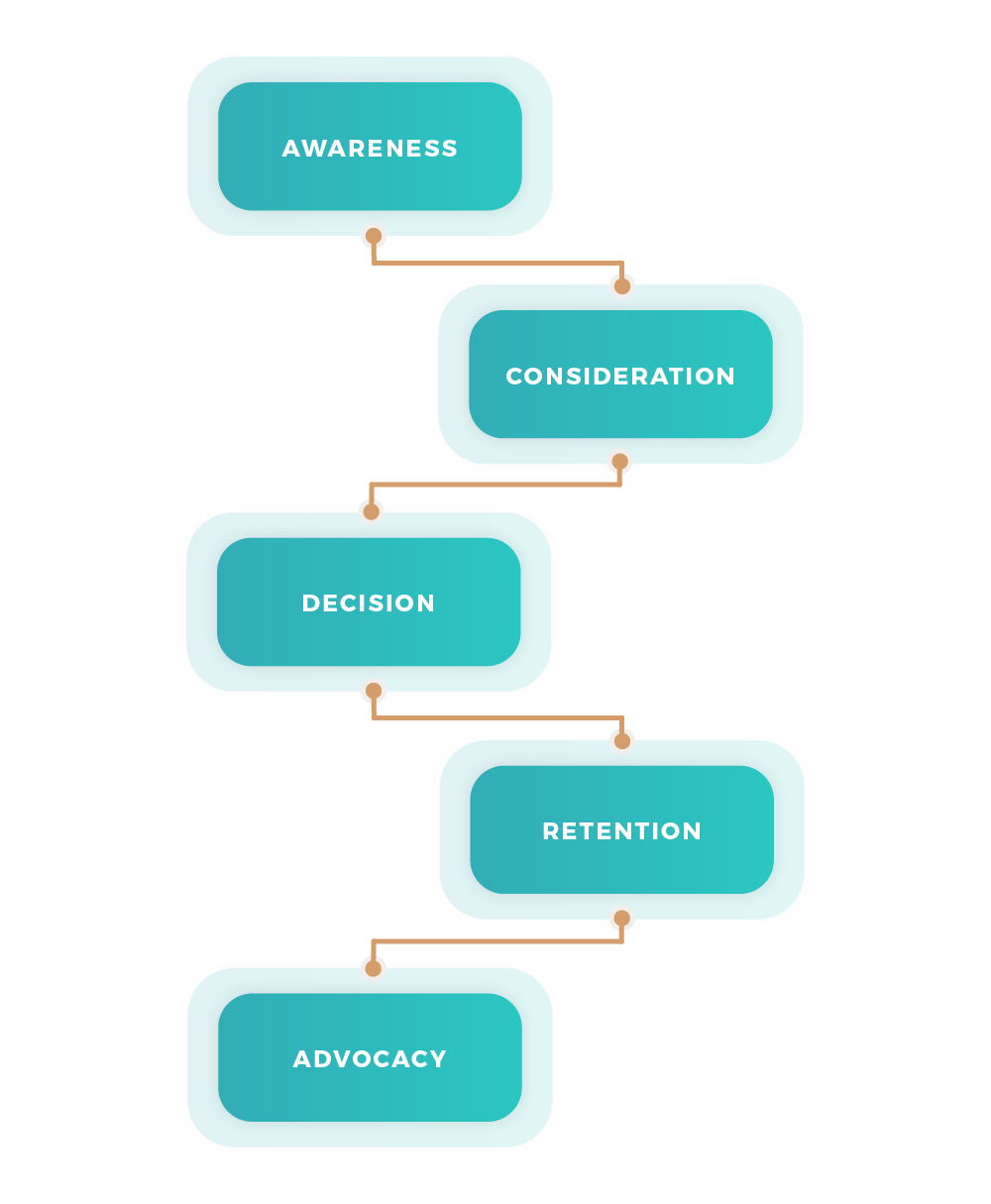Customer Service is often an afterthought. In many businesses, Service is a *reactive* and *support* department, reacting to customer issues and providing product support on an inbound basis. It might sound strange coming from an Inbound Marketing Agency like Forecast Sunny, but to maximize your revenue, your Service department needs to shift its focus outbound.
This isn’t to say that responding to customer issues as they come in isn’t important or valuable, it clearly is, but if that’s all Service is being asked to do for your business, you are leaving money on the table.
Just as mapping out how future customers interact with your brand via Marketing and mapping out your Sales pipeline is crucial for reducing friction, it’s important to map out what happens after a contract is signed so you can continue to build the customer relationship that you’ve already invested so much time and effort into.

Unfortunately, very few companies actually take the time to do this.
Isn’t it ironic? The most neglected part of the Customer Journey is the one *after* they actually become a customer.
The main reason why this happens is simple: a comprehensive marketing plan takes a lot of effort to create, implement, analyze, and refine. And I’m sure you’re aware how hard it is for Sales reps to move someone from lead to opportunity to customer.
Still, as difficult as Marketing and Sales’ jobs are, they absolutely have to be done to keep your business open. The same isn’t true of Service, or at least, it’s not true to the same degree. Some businesses can and do neglect–and eventually lose–their customers, but as long as they bring in new ones, they stay afloat.
Another reason companies might choose not to build out a strong Service program is because they think they already have a stronger Service program than they actually do. According to HubSpot: 80% of companies believe they deliver superior service, yet only 8% of customers believe they experience superior service.
Only 8% of customers believe they experience superior service.
8
The math is simple: multiply the 92% of customers who don’t believe they receive superior service by the total amount of cross-sell opportunities, upsell opportunities, and leads gained by word of mouth and the amount of revenue lost by ignoring your Service department starts to look very large.
2021 was a challenging year in many ways for businesses, and customer relationships were a big part of that. More customers regularly interact with more brands online than ever before and their expectations are higher than ever as well.
88% of business owners surveyed by HubSpot said they believe customers have higher expectations than in the past.
88
To meet this new demand for superior customer relationships, it’s important to stop thinking of the day a client signs a contract as an endpoint and start thinking of it as a transition to their lives as a lifelong client of your company.
If you knew that a client was going to keep their business with your firm over the next 10-20 years, how would you treat them? The answer to that question can and should be the basis for a very successful Service strategy.
When a client signs a contract, don’t think of it as closing a sale, think of it as beginning a new, deeper relationship with your customer. Welcome them into the culture of your company, give them the information they need to be successful users of your product or service, and let them know they have your support.
If you begin building a better Service program today, frankly, you’ll be better positioned for the future than a lot of your competition.
Delighted, connected customers, a competitive advantage and opportunities for revenue growth await.


